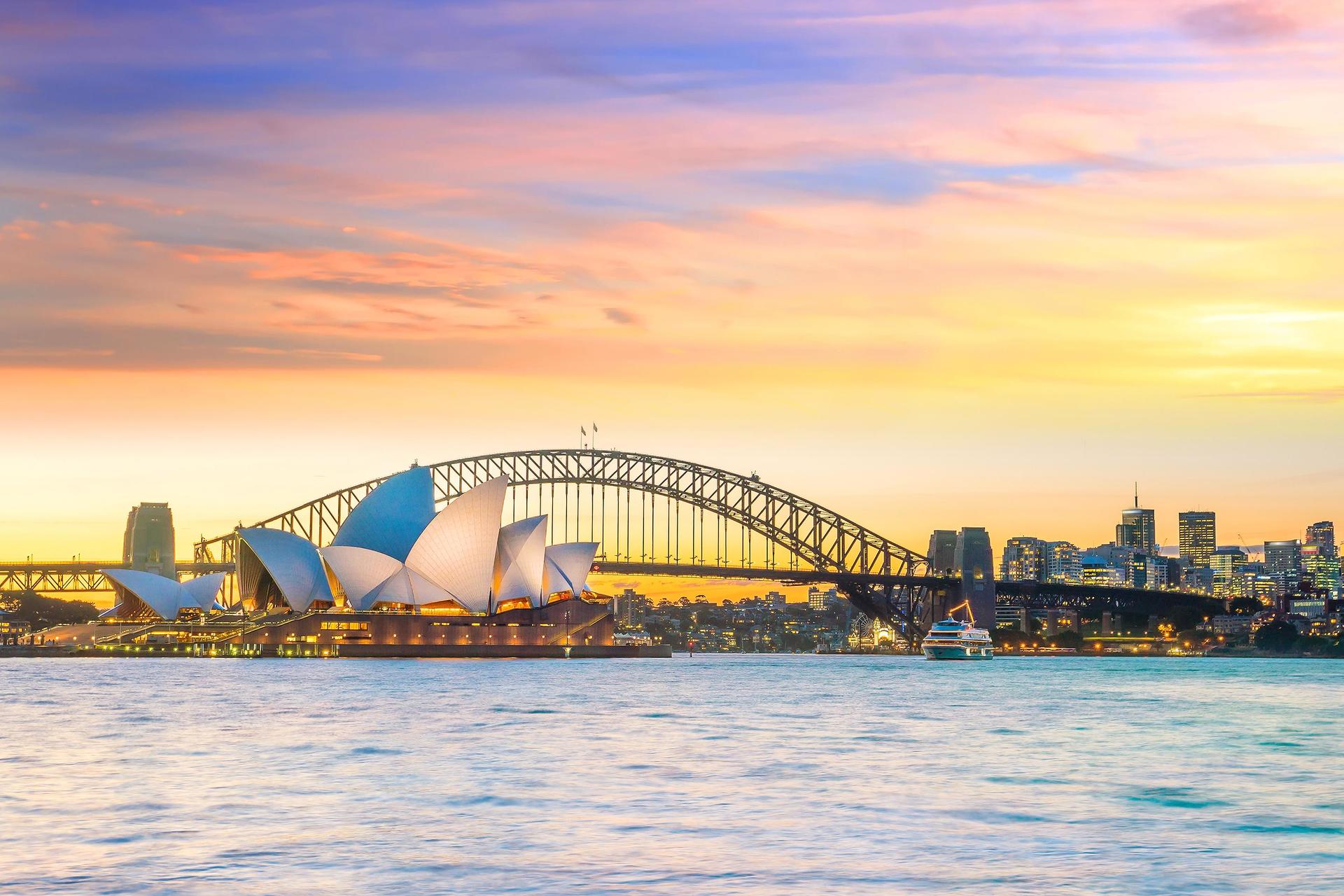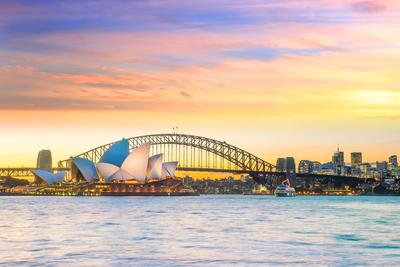Image: f11photo via Shutterstock
Sydney
Australia's most populous city is a subtropical, sun-drenched metropolis with a well-developed gay party calendar
It’s hard not to be taken by Sydney’s beauty. Its harbour is breathtaking at every turn. Headlands, yachts, marinas and beaches glisten throughout the city. Fashionable and body-conscious sydneysiders wander cute and tidy suburbs set around the sparkling waters of the harbour.
What’s more, Sydney is a great party town and has a well developed gay party calendar culminating in the annual Gay and Lesbian Mardi Gras that draws huge numbers of international visitors.
Sydney’s reputation as one of the world’s gayest cities is confirmed by the fact that it is hosting the 2023 World Pride.
Sydney has a lot to offer travellers, visitors and locals.
History
When America declared Independence from Britain in 1776, Britain could no longer send its convicts across the Atlantic to the American colonies. Instead, it decided to establish a new penal outpost in the territory Captain Cook had discovered 16 years earlier. In 1788, a fleet of 11 ships and 850 convicts sailed into Sydney Cove and established the colony of Sydney.
Sydney’s history as a penal colony has meant that it has always had a gay reputation. In 1838, Reverend William Ullathorne, Catholic Vicar-General of the colonies, described New South Wales as a veritable “Sodom of the South” to a British inquiry into the transportation of convicts 3. He said homosexuality was very common, specifically amongst the prisoner population.
In an article from the mid 1890s about the “Oscar Wild’s [sic] of Sydney”, a newspaper claimed that disgraced gay men from London were fleeing to Sydney. When a gay brothel was discovered in London’s West End, many of the high-profile clients fled the country to avoid exposure and prosecution. The newspaper claimed that many of these men found their way to Sydney and they could be identified by their “effeminate style of speech, and the adoption of the names of celebrated actresses”4
Neighbourhoods
Get ready to dive into the heart of the city—its neighborhoods are where the real magic happens, each with its own vibe, stories, and hidden queer gems waiting to be uncovered.
Bars & Clubs
From laid-back lounges to wild dancefloors, discover Sydney's best bars and clubs where the drinks flow, the music hits, and the vibes are always right.


